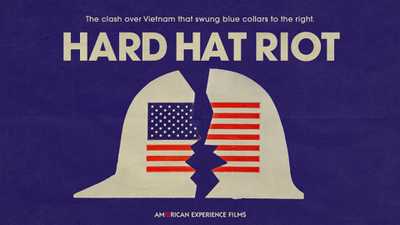How Captions Went from Niche to Necessity | The Curb Cut Effect
View a version with extended audio description: How Captions Went from Niche to Necessity
View a version with on-screen ASL interpretation: How Captions Went from Niche to Necessity
Accessible Descriptive Transcript available for download:
![]() Curb Cut Effect-Closed Captions Downloadable Descriptive Transcript (20.6 KB)
Curb Cut Effect-Closed Captions Downloadable Descriptive Transcript (20.6 KB)
For the first three decades of television, there were no captions of any kind, leaving Deaf viewers unable to fully participate in a medium that shaped culture and conversation. The fight for closed captioning was a battle for access and inclusion. Deaf activists and advocates spent decades pushing broadcasters, lawmakers, and technology companies to make television—and later, the internet—accessible through captions. From early experiments in the 1970s to the passage of laws like the 21st Century Communications and Video Accessibility Act, their efforts transformed media, ensuring that millions could engage with news, entertainment, and education. And what began as a fight for the Deaf community became a revolution in accessibility, benefiting everyone—from language learners and multitaskers to anyone who has ever needed to read instead of listen.






